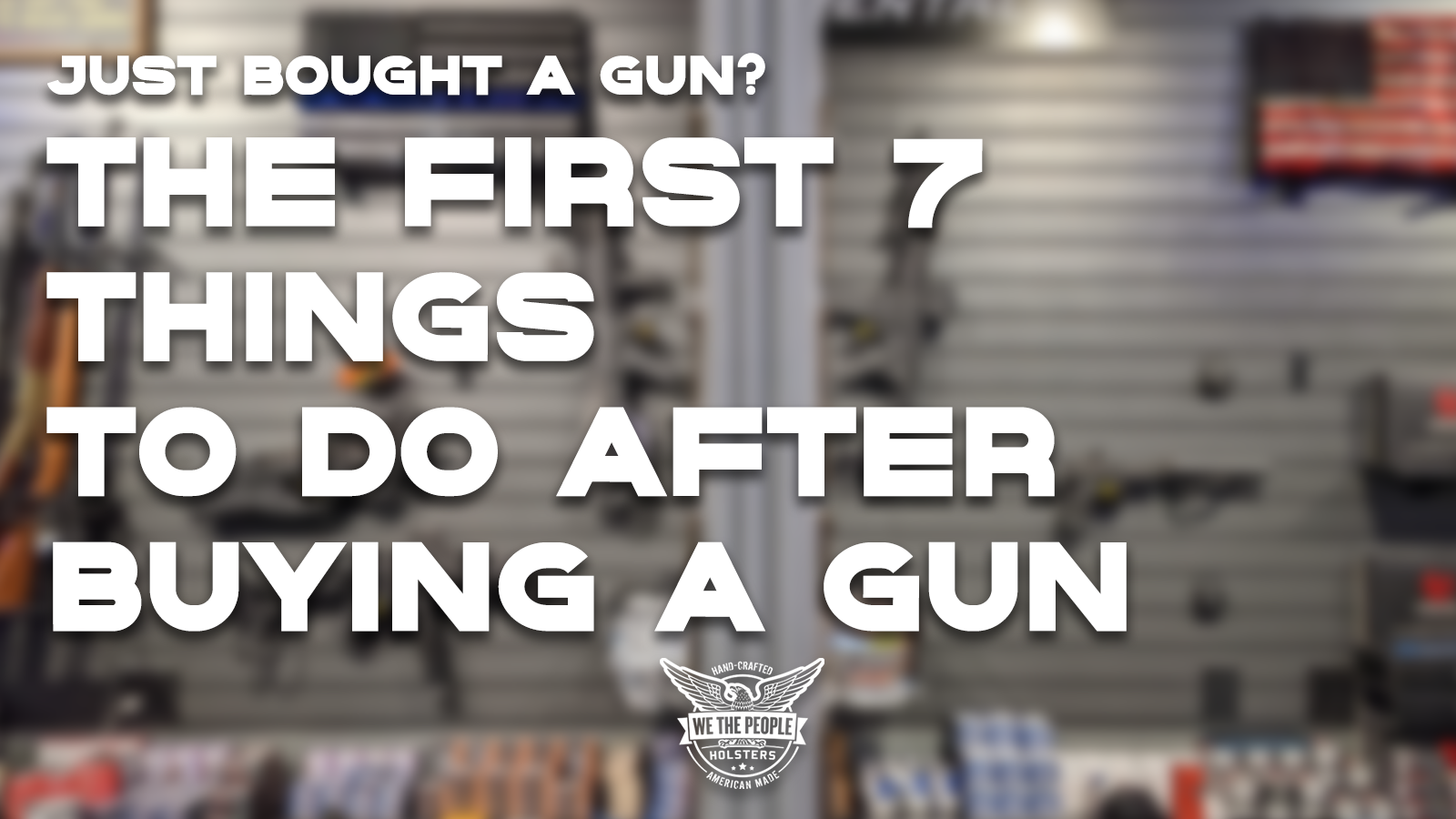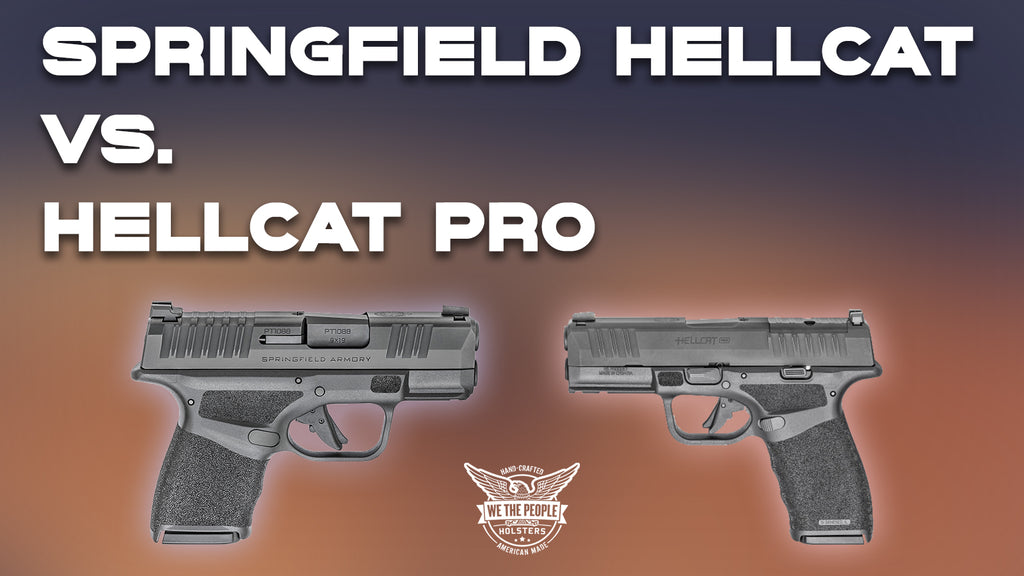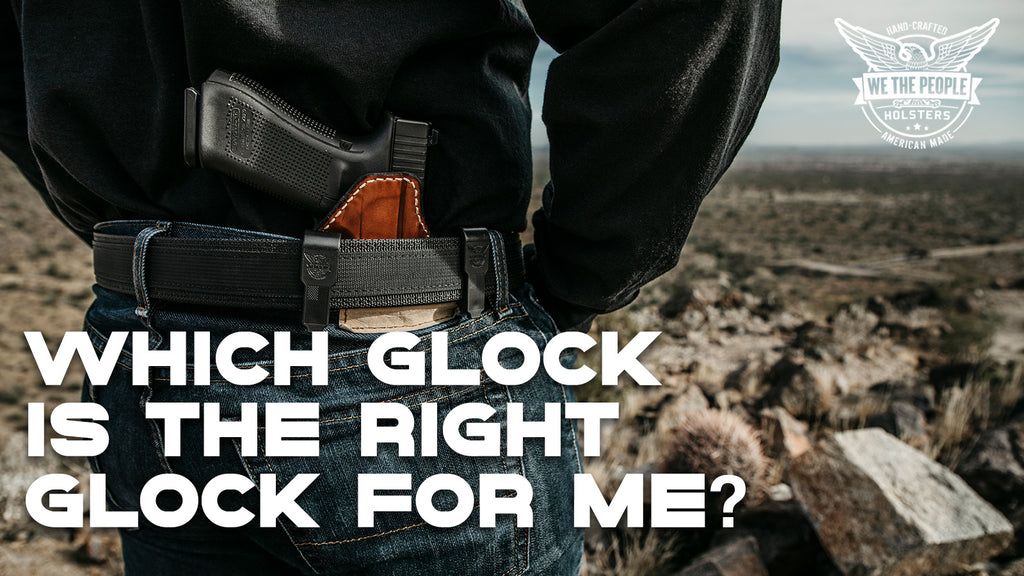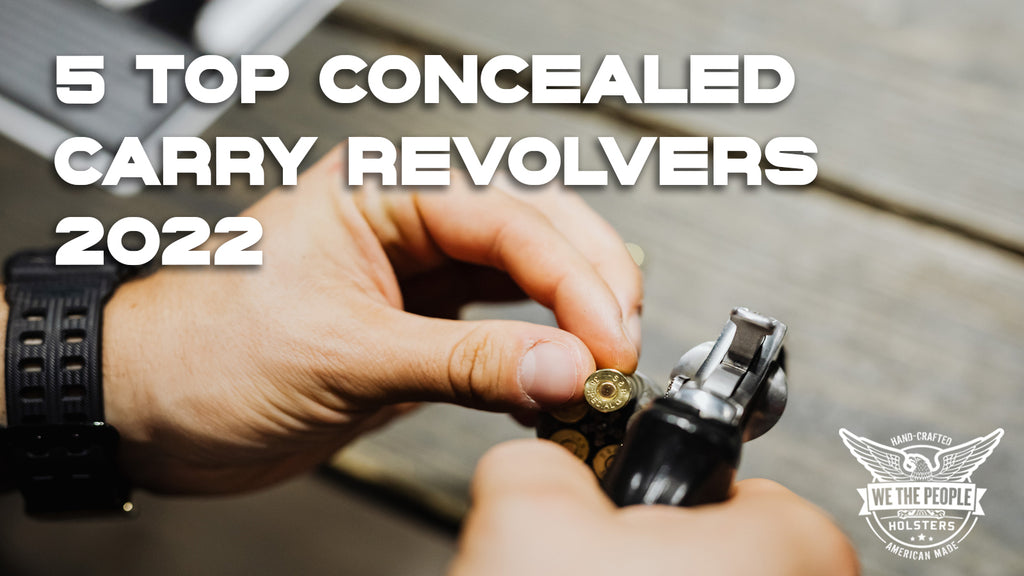#1. Familiarize Yourself With Your New Gun
After purchasing a firearm from a licensed dealer and taking it home, the first thing to do is to become familiar with it.

-
Research Local and Federal Laws
Depending on where you live, you may have already had to pass a background check and a waiting period before receiving your firearm.
If you haven’t yet done so, now is a good time to research your area’s applicable local, state, and federal gun laws. Every state has different legislation regarding the use of force, concealed carrying, domestic violence ordinances, and other firearm laws.
-
Read the Manual

Besides being your constitutionally-protected right, buying a firearm is a critical step for any individual interested in personal defense and self-protection. If you’re wondering what you should do after becoming a new gun owner, here are seven essential things to do or consider after purchasing a gun.
Before manipulating a new firearm, check the operation manual and read it thoroughly, especially if you are unfamiliar with the gun’s type or model. The manual contains manufacturer-approved basic information, operating tips, and maintenance suggestions.
If your firearm doesn’t come with a manual, contact the manufacturer, visit their website, or research information about your gun online.
-
Inspect Your Firearm
After reading the manual, inspect it and locate the basic controls. For example, if you purchased a new semi-automatic pistol, check the sights, trigger, magazine release button, slide release lever, and, if present, safety lever.
-
Clean Your Firearm

Guns rarely leave the factory clean; they are often coated in a layer of preservative grease for long-term storage. This grease can gather soot, dust, and grime, hindering your firearm’s mechanisms and proper function.
Follow your instruction manual to learn how to disassemble a firearm for maintenance, known as a field strip. Clean it according to the manufacturer’s recommendations.
-
Perform a Function Check
Ensure the magazine and chamber are empty of any ammunition. Keep the muzzle pointed in a safe direction and observe gun safety rules at all times while function-checking your new gun.
Follow the instructions in your instruction manual to charge the firearm (e.g., rack the slide, pull the charging handle), then pull the trigger. You should hear an audible “click,” indicating the hammer or striker has correctly dropped, and the firing mechanism worked as intended.
Conducting an inspection, cleaning, and function check every time you are done shooting a firearm for the day is critical to prolong your firearm’s service life and ensure it continues functioning reliably for a long time.
#2. Buy Accessories to Carry Your Gun Safely
Some accessories are essential for all types of firearms, such as items that let you carry the gun more safely and responsibly.
If your new firearm is a long gun (e.g., a rifle, carbine, or shotgun), a rifle sling or a strap is essential to have, as it allows you to retain control of your firearm even when letting go of it, as well as carry it over your back or your shoulder.
A popular shooting technique called the “steady sling” also lets you use your sling to shoot your long gun more accurately.
For handguns, the equivalent is an appropriate holster and gun belt. The holster provides a safe place to store and carry a handgun on your body.
A well-designed holster should be durable, designed explicitly for your handgun, and adequately protects the trigger guard from foreign objects and prevent unauthorized access to your weapon.
#3. Purchase Spare Magazines

Most new firearms come out of the box with a single magazine. Although modern pistols and rifles are fed using high-capacity, detachable box magazines ranging in capacity from 7 to over 30 rounds, it takes a while to reload them, and it is inconvenient to insert new cartridges into your only available magazine continuously.
Access to multiple magazines is not just for increasing reloading speeds but also for practicing basic shooting techniques that can be vital in a self-defense situation, such as tactical and emergency reloads.
If you sustain a malfunction while shooting, swapping to another magazine eliminates the possibility of seeing more malfunctions down the line, particularly if your current magazine is damaged or compromised.
If you intend to carry a concealed handgun, consider purchasing magazine carriers or pouches for your spare magazines. You can easily add them to your gun belt alongside your holster, ensuring you have access to spare ammunition at all times.
-
What About Revolvers?
Revolvers do not use magazines. However, you can use accessories such as speed strips and speedloaders. These devices let you carry a select number of cartridges for your revolver, allowing you to reload it more quickly than inserting new rounds into the cylinder one by one.
#4. Purchase the Right Ammunition for the Job

There are two elements to purchasing ammunition for your new gun: ensuring it is compatible with your firearm and choosing the right brands and projectiles for the gun’s intended purpose.
Check which cartridge your firearm is chambered for, and only load ammunition of that caliber in that firearm. For example, only load 9x19mm ammo in a 9x19mm gun. Some exceptions may apply (e.g., .357 Magnum revolvers also accept .38 Special); always consult your manual for more information.
Once you know your firearm’s caliber, pick the right brands and projectile types for the job. For example, use full-metal jacketed (FMJ) for practice, training, and plinking with pistols and rifles, whereas jacketed hollow point (JHP) ammunition is best suited for self-defense.
If you’re in doubt, ask a gun shop employee for advice regarding the best brands and projectiles for your use case.
#5. Fire It

Although there are ongoing debates within the firearms community regarding whether guns require a break-in period, it is a good practice to test-fire a new gun with a specific number of rounds to ensure it functions reliably.
New handguns and semi-automatic rifles require a minimum of 100 rounds to break in. Pump-actions, bolt-actions, and lever-actions have fewer moving parts to break in and are good to go in as few as 20 rounds. To save on ammunition expenses, shoot the gun using practice ammo (e.g., FMJ) during the break-in period.
New magazines should be loaded to full and unloaded to empty at least 10 times each to break in the springs. Broken-in magazine springs will be less stiff, making them easier to load.
#6. Practice Regularly
After becoming familiar with your new gun, practicing as often as possible is critical. Getting used to how a firearm handles and recoils during live-fire training is necessary to shoot more quickly and accurately. Whether you prefer to practice with paper targets in your backyard or visit your local shooting range, there are numerous ways to train.
If you prefer guided instruction to solo practice, a good alternative is to sign up for shooting classes specializing in your specific type of gun (e.g., defensive pistol shooting courses). If you want to hone your skills, consider joining a club or participating in target or practical shooting competitions.
If you cannot train with live ammunition, consider learning dry-fire practice drills and non-shooting exercises, such as draw strokes or the coin drill.
#7. Consider Customizing It

Many popular firearm platforms (e.g., Glock, AR-15, etc.) have extensive third-party support, allowing you to swap factory stock parts for third-party replacements with improved or different functionality.
If there are aspects of your firearm you’d like to change to make your shooting experience more comfortable, consider purchasing parts to customize it. Popular accessories and modifications sold at gun stores include trigger upgrades, replacement sights, muzzle attachments, and new grips.
American-Made Holsters for the American People

Our mission at We The People Holsters is to ensure every American citizen has access to high-quality shooting gear, such as holsters, gun belts, and accessories. Browse our extensive selection of hand-crafted Kydex and leather carry holsters, suitable for everyday use at home, the range, or as part of your EDC setup.




